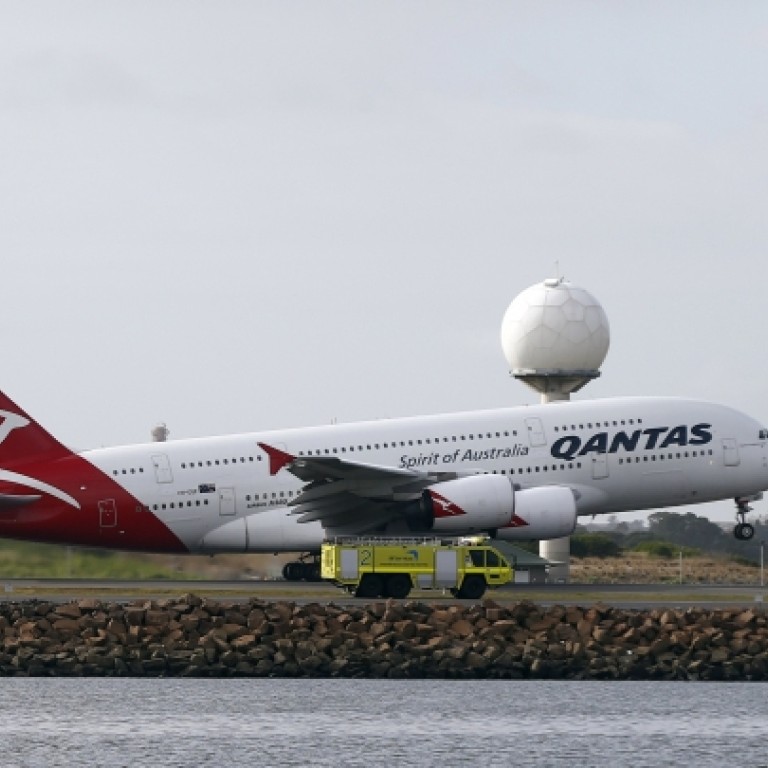
A380 pilots’ skill averted crash: Australian regulator
ASTB says Rolls-Royce missed missed multiple opportunities to detect faulty component
Rolls-Royce failed to identify a defect that caused one of its engines to explode on a Qantas Airways Ltd aircraft carrying more than 400 people over Indonesia three years ago, an Australian safety regulator found.
In its final report on the incident, the Australian Safety Transport Bureau (ASTB) said the company missed multiple opportunities to detect the faulty component which almost certainly would have caused the Airbus A380 to crash had it not been for the exceptional skill of the pilots.
It was the first major safety scare to affect the A380 and led to the temporary global grounding of the then relatively new jumbo jet. The ASTB report could lead to broader requirements for new aircraft certification around the world.
“Those opportunities were missed for a number of reasons, but generally because of ambiguities within the manufacturer’s procedures and the non-adherence by a number of the manufacturing staff to those procedures,” the report said on Thursday.
The four-engined A380 was on flying from Singapore to Sydney with 433 passengers and 26 crew on board when one of its engines blew up, spraying the plane with shrapnel and dropping chunks of debris on Indonesia’s Batam island.
A large section of turbine disc crashed into a house, but there were no injuries to anyone on the plane or on the ground.
The pilots returned to Singapore and landed with limited controls, stopping just 150 metres (490 feet) before the end of the runway with four blown tyres, brakes heated to 900 degrees Celsius and fuel leaking to the ground.
Pilot skill likely averted a disaster as the plane suffered a series of systems problems after engine fragments ripped through the wing, puncturing fuel, hydraulic and electronic systems.
After the incident, Rolls-Royce found that a large number of the defective component - the support assemblies manufactured with pipes that feed oil into the engine bearing - did not conform to design specifications. The parts came from a facility in the United Kingdom.
The company’s employees missed several opportunities to identify the potential for cracking in the oil feed stub pipes during the production and post-production phase, the ATSB said. As a result, the components were fitted onto a number of the Trent 900 engines and the problem came to light only after the Qantas engine blew.
The ASTB said it issued a recommendation in December 2010 for Rolls-Royce to address the issue, which the company fully complied with. The manufacturer now requires specialised checks of the oil and air feed pipes on all Trent 900 engines on A380s, and has made changes to its quality management system.
All defective pipes on other aircraft were either fixed or removed from service.
International aircraft certification standards should be updated as the damage to the Qantas plane exceeded parameters currently in use, the Australian aviation safety body said.
“Information from the accident represents an opportunity to incorporate any lessons learned from this accident” in certification processes, the report said, adding that its findings had been shared with the United States Federal Aviation Administration and the European Aviation Safety Agency.
Qantas said the report “once again underlines the calm, skilful actions of the Qantas crew in returning the aircraft and its passengers safely to Singapore”.

